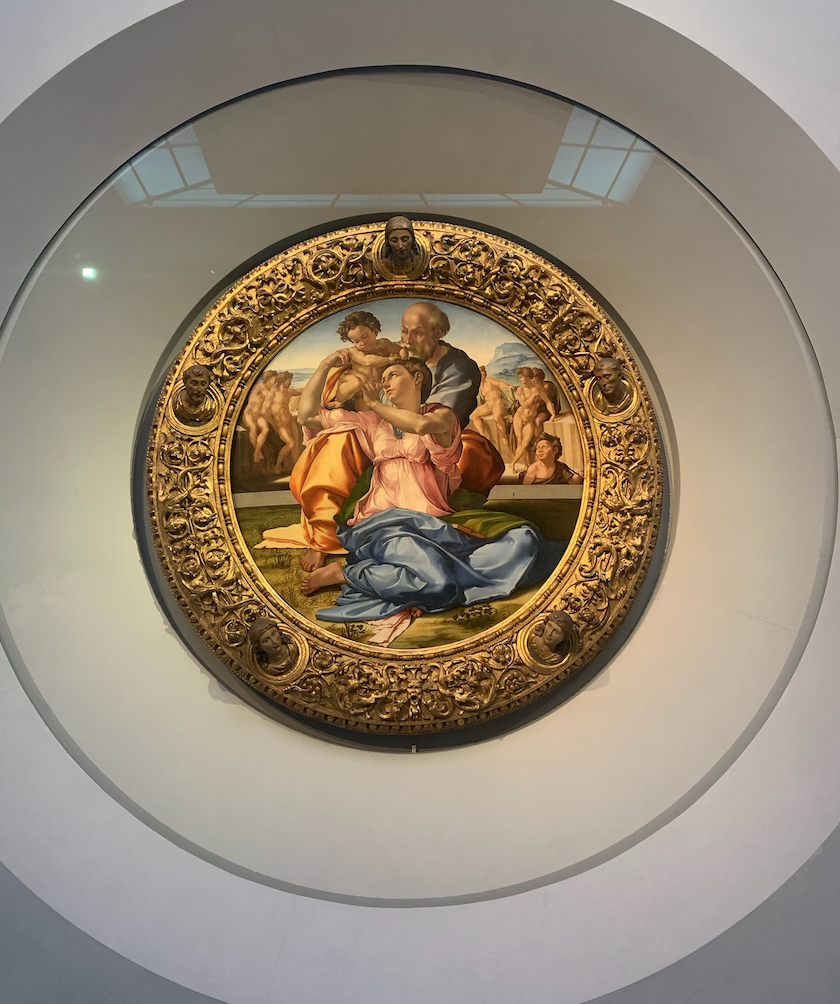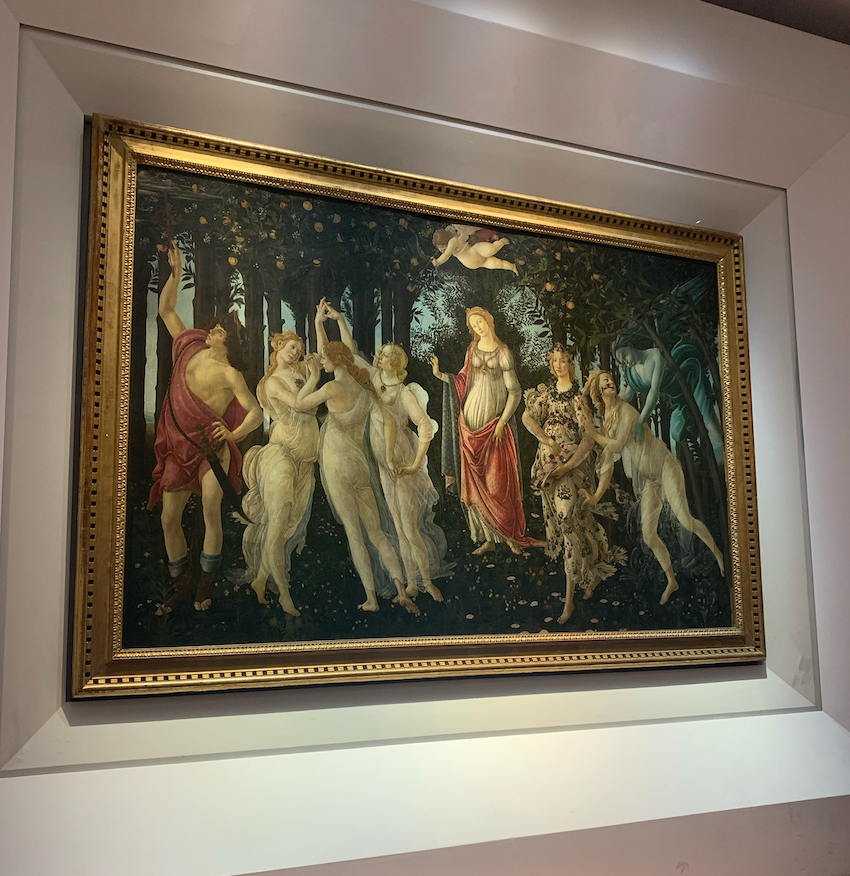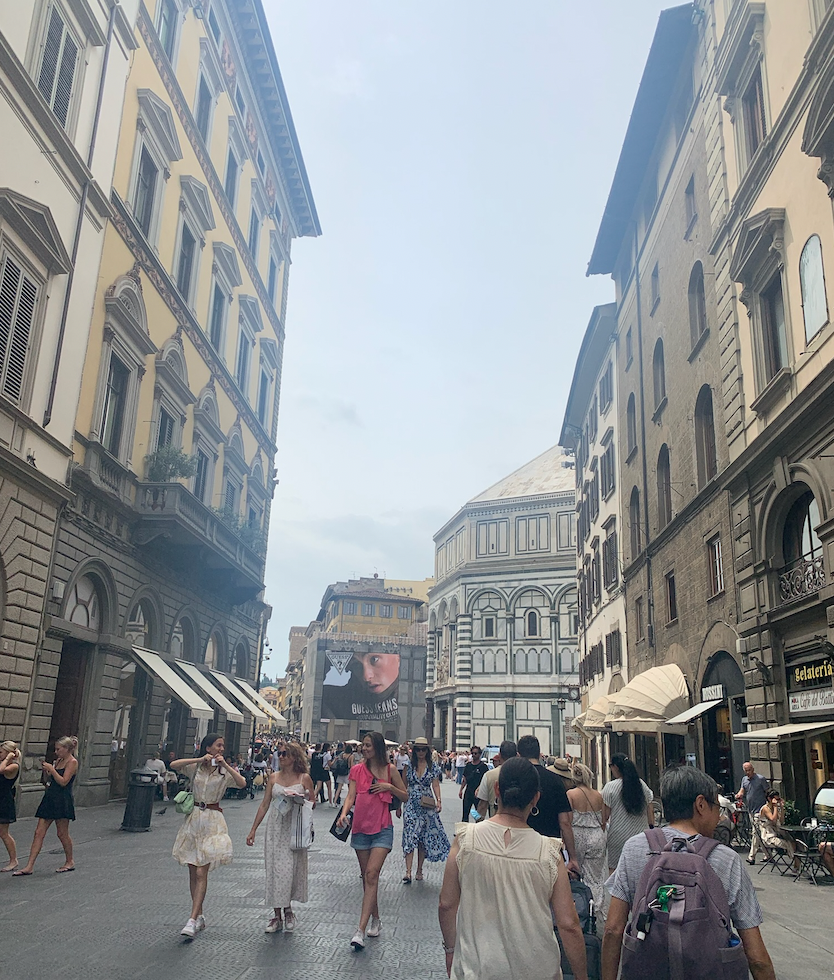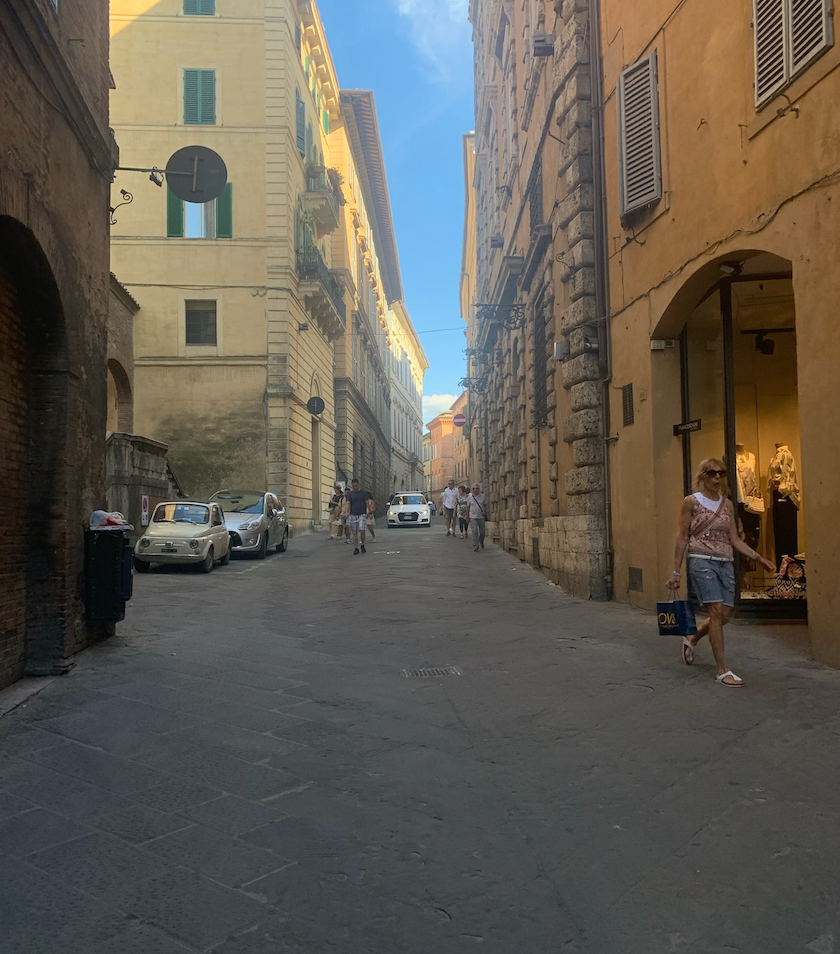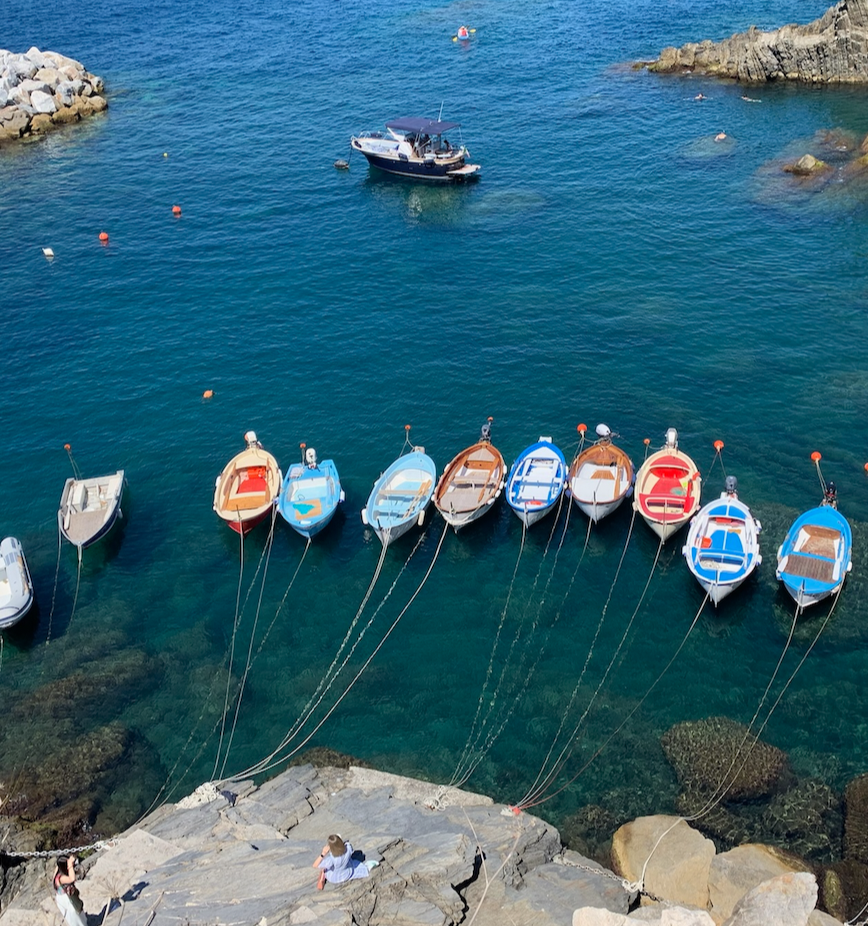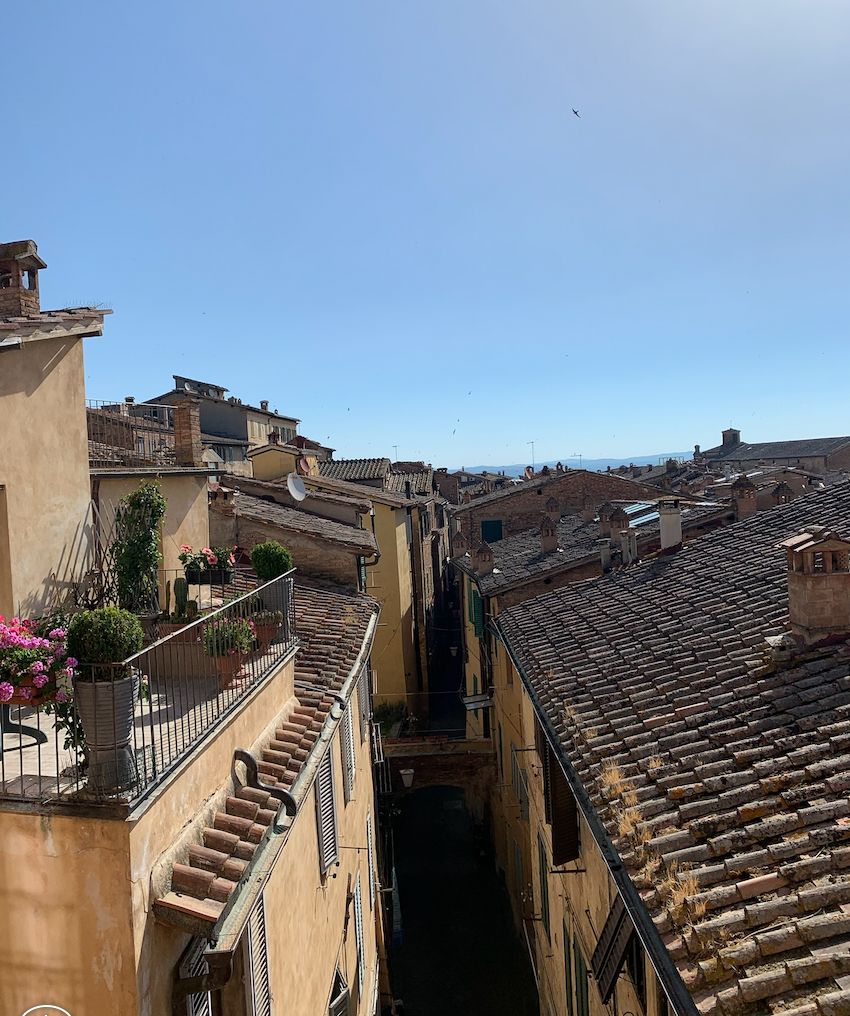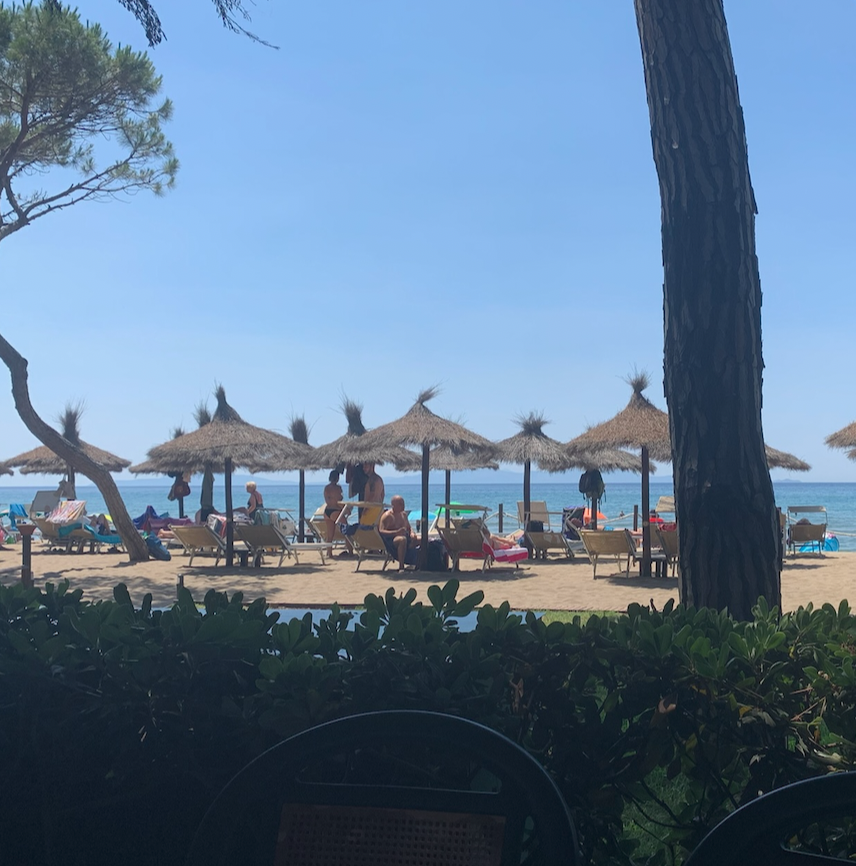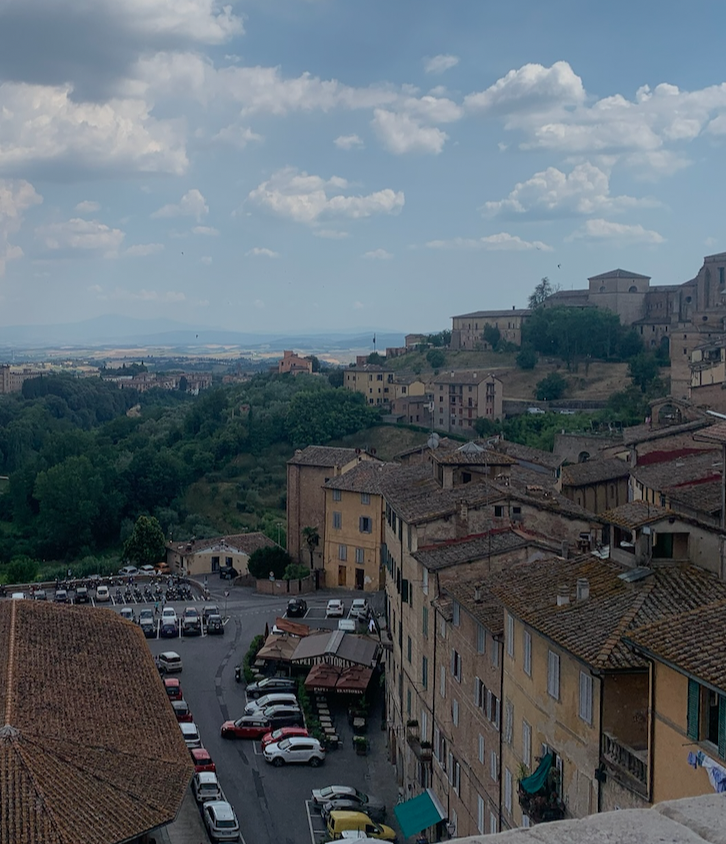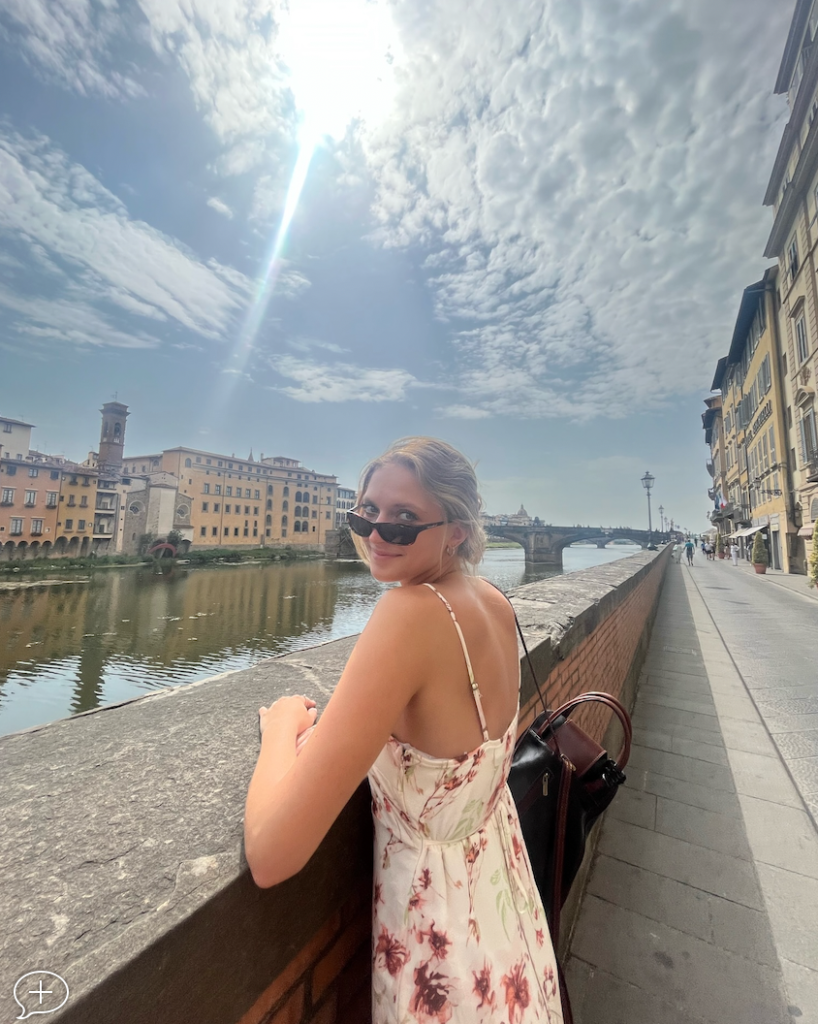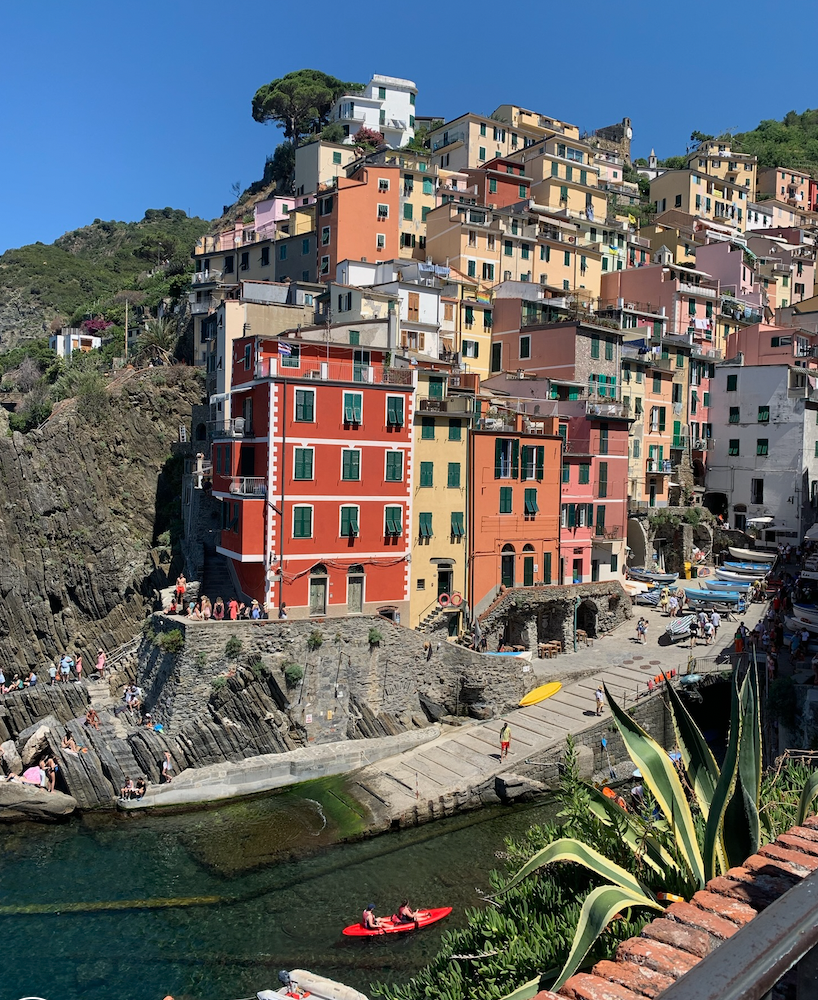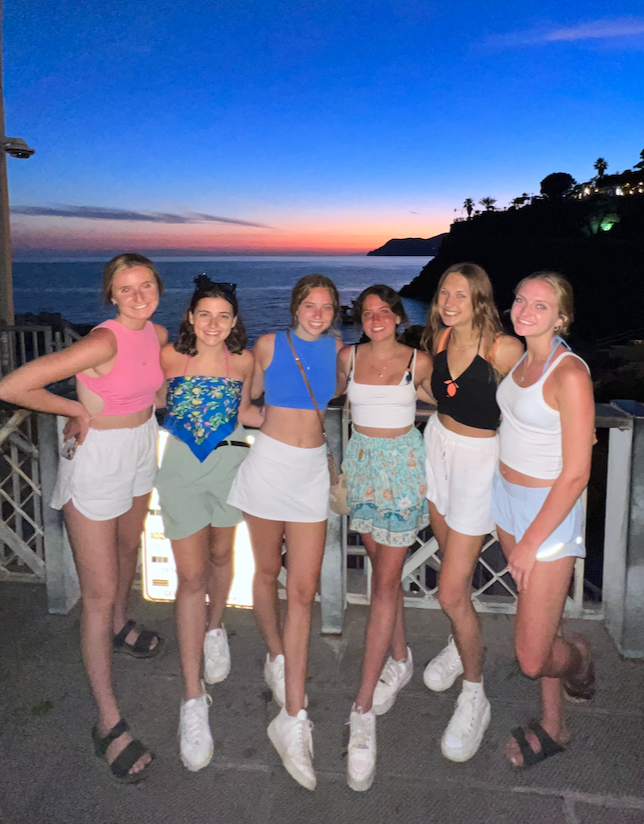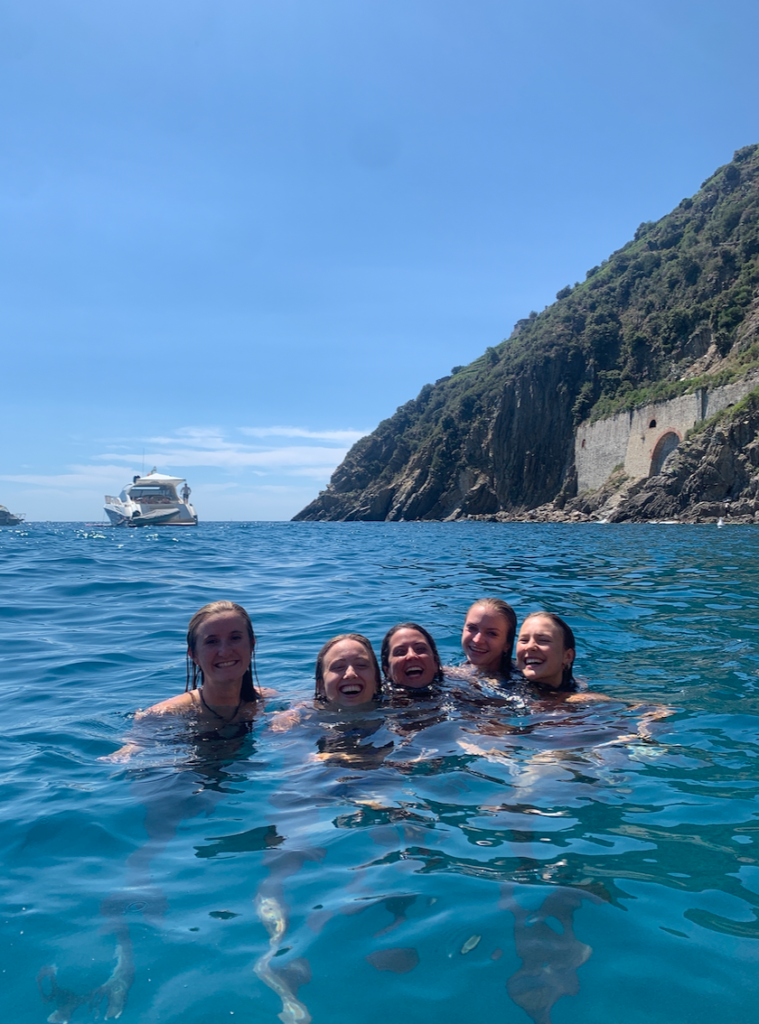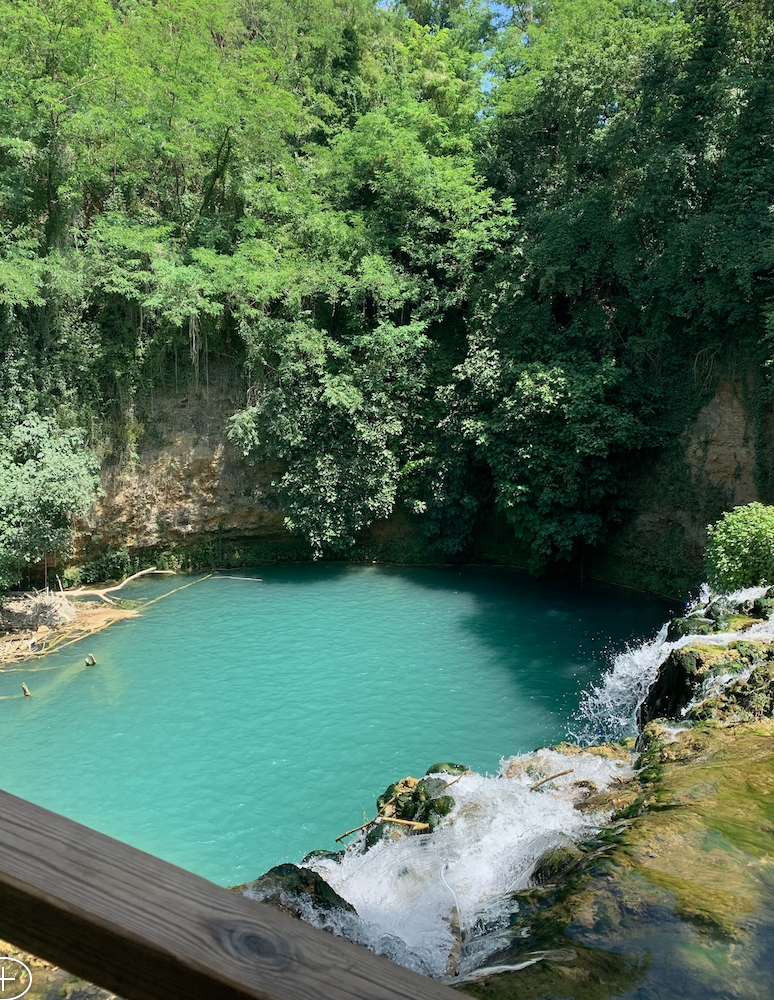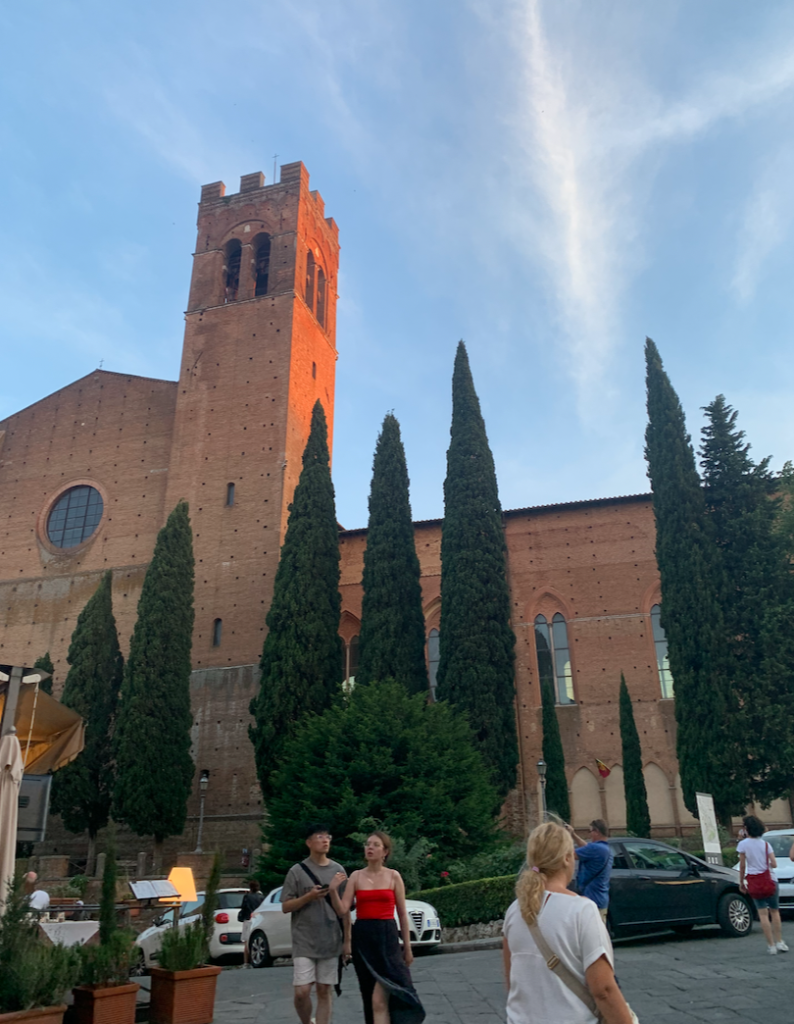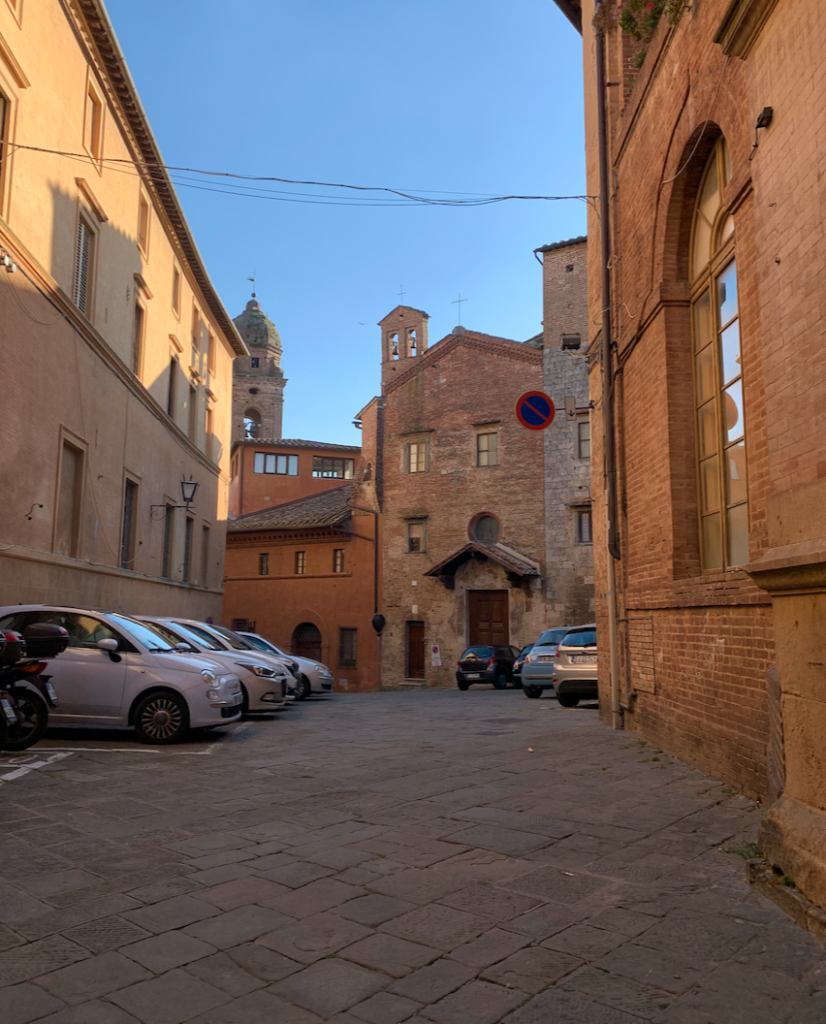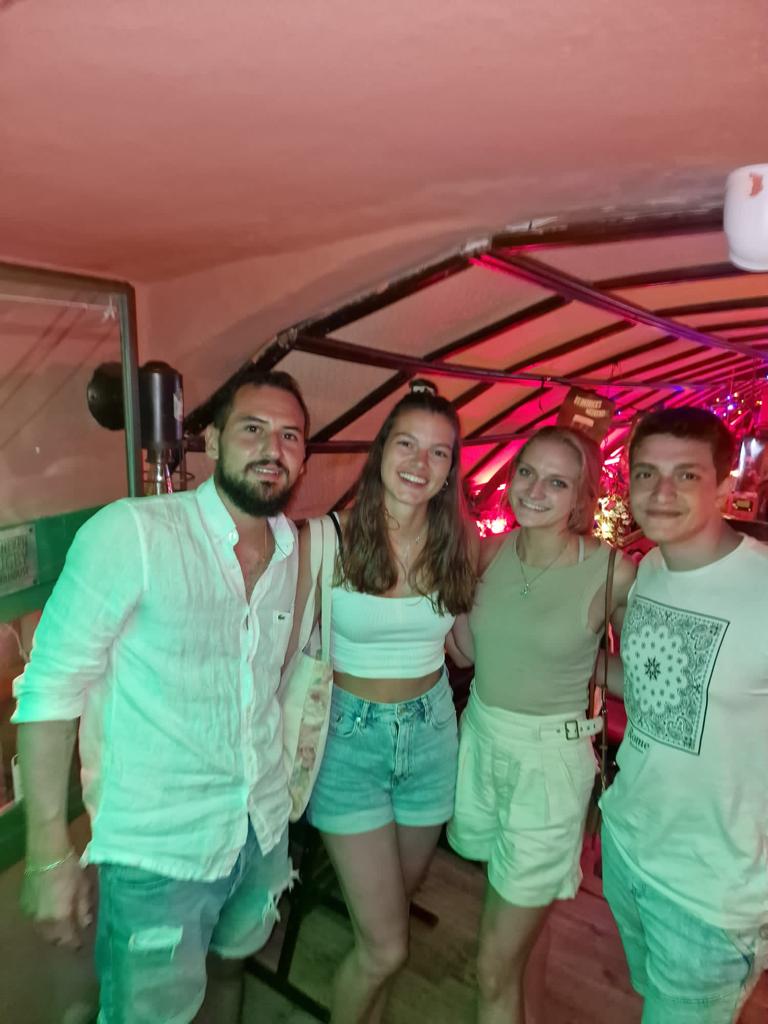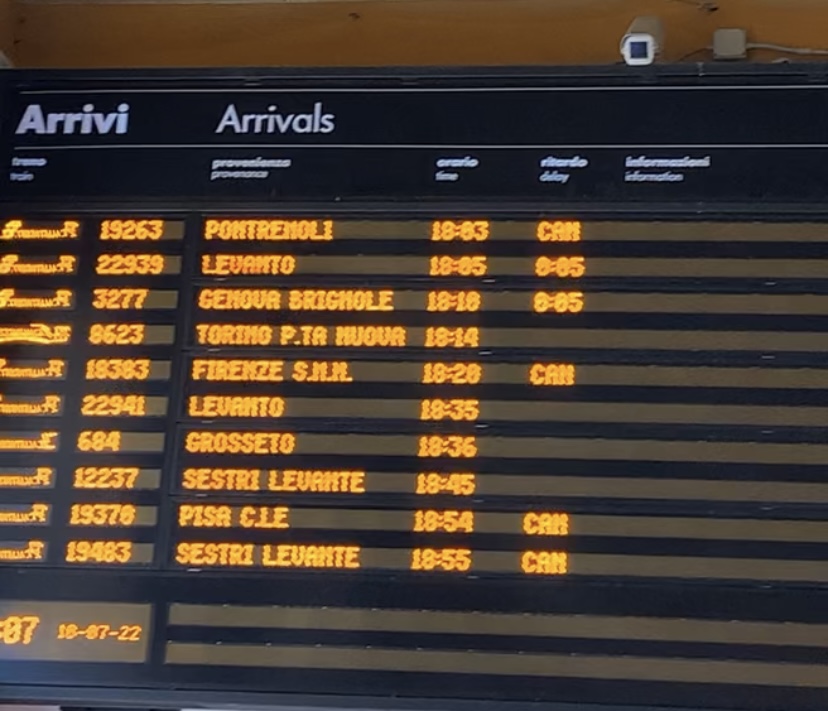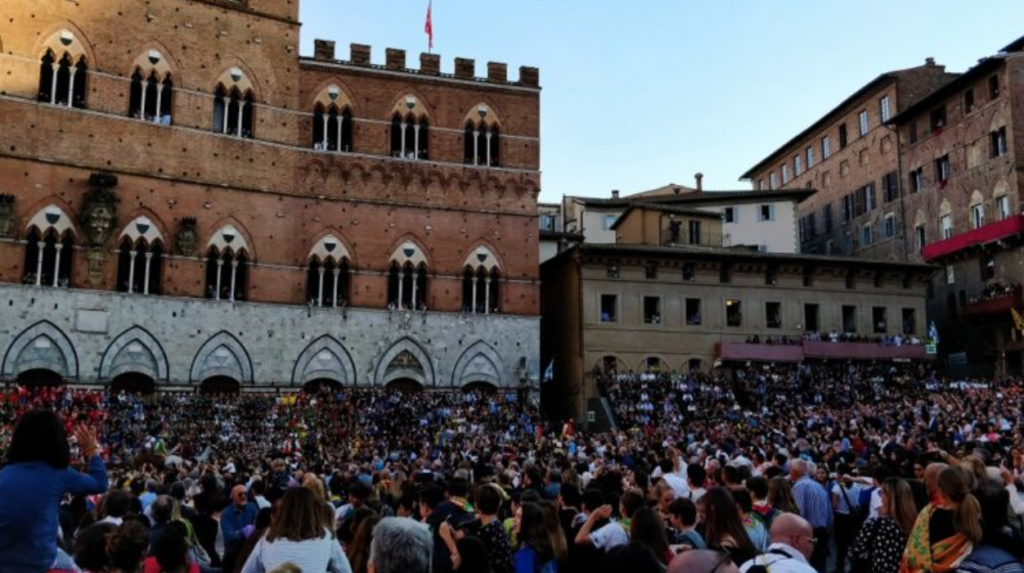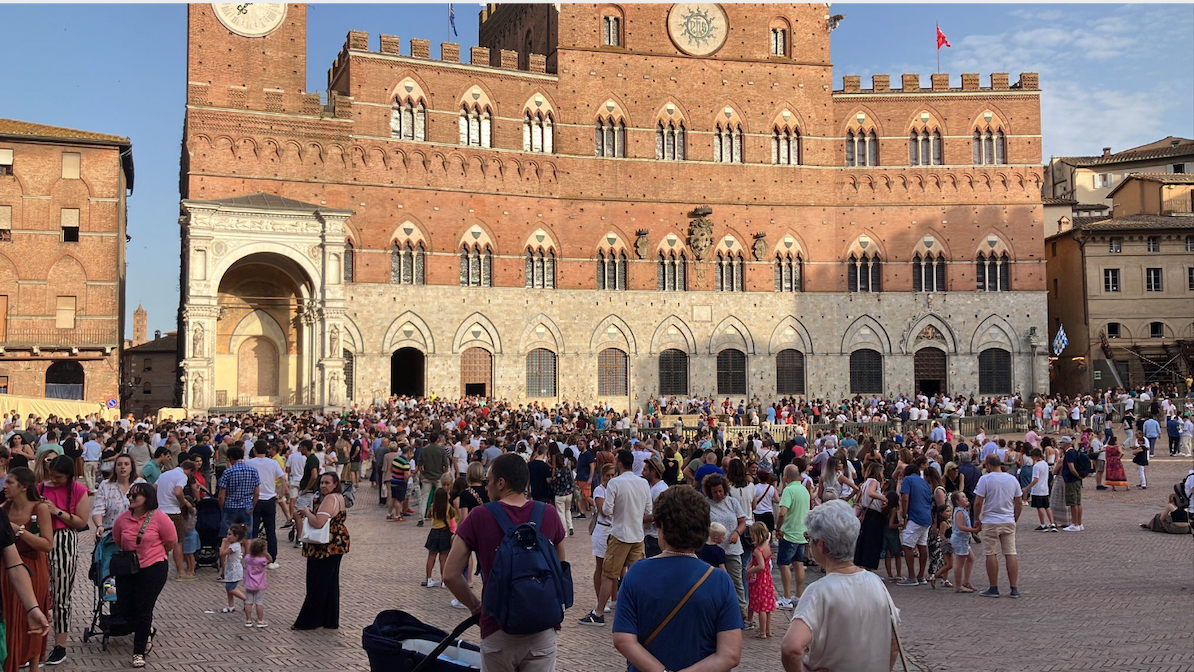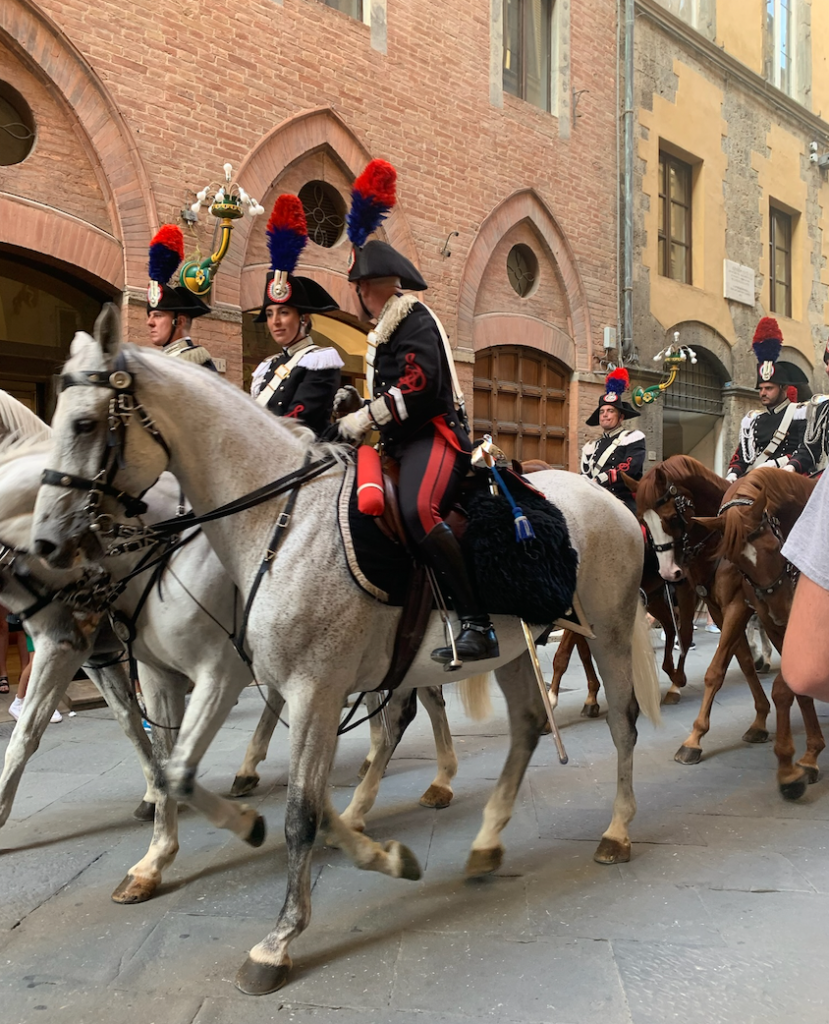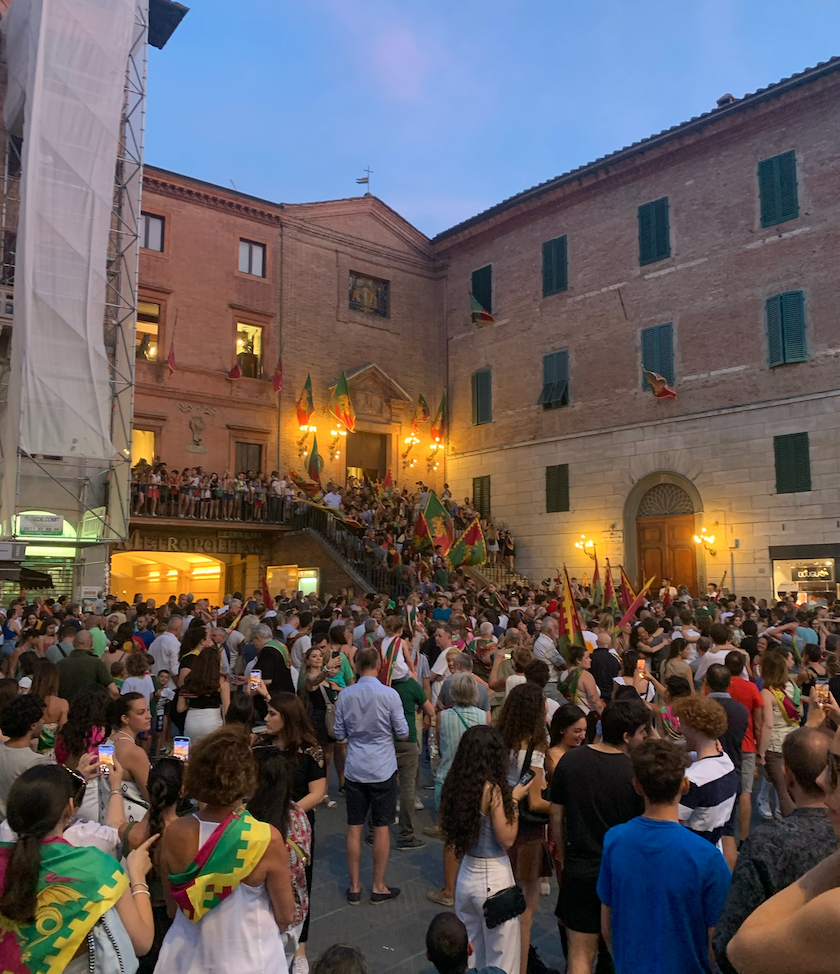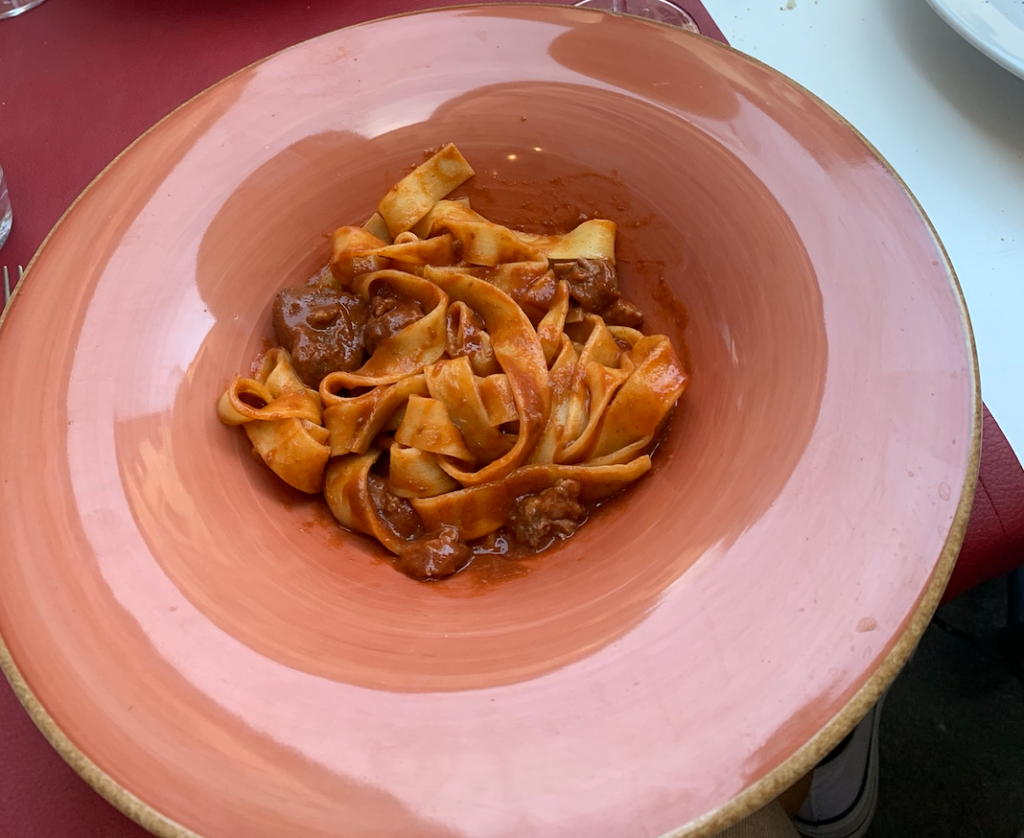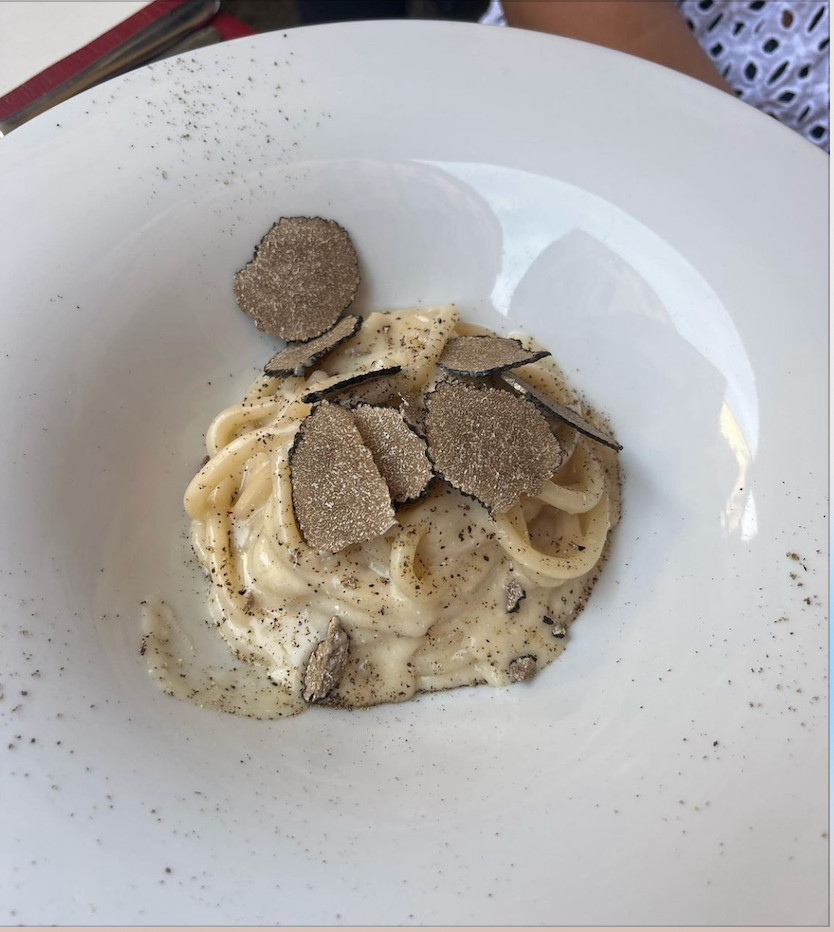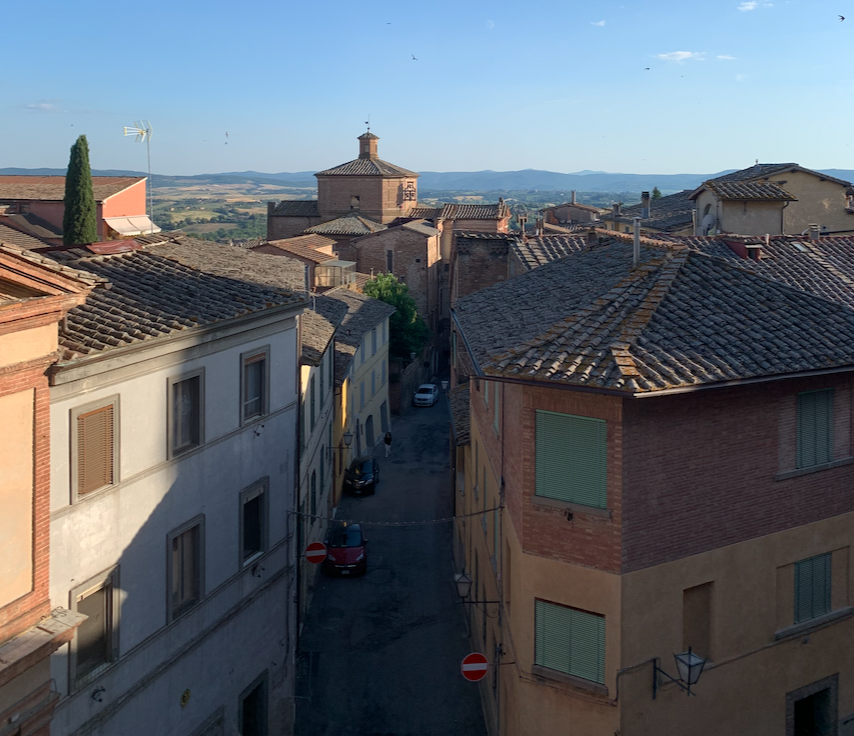Spending five weeks in Siena, Italy, is an experience that I will never forget. I went into this opportunity with my mind open and the goal of growing my Italian language skills to the best of my ability. I had total faith in the idea of full immersion to understand culture and language through living it and I am so glad that I had those notions in my mind.
In my classes and in my daily life in Siena I was challenged to use my speaking and listening skills to understand how to communicate properly in different situations. I grew my understanding of grammar, my vocabulary, and my confidence in speaking. The way the school structured our classes was mostly through speaking with one another and coming up with things to say on the spot. I struggled with this at first but over time grew to do well with the challenges. This on-the-spot thinking proved very helpful during my daily life where it became much easier to begin and understand conversations with Italians. This ability to communicate stronger also allowed me to experience Italian culture in a different way. I was able to speak with people my own age and understand their lives. I learned a lot about the education system in Italy as well as their own ideas on life in America.
In addition to my communication skills, I grew my understanding of Italian history and culture. Most specifically, I learned a great deal about Tuscan history and the culture that developed in Siena through the road of pilgrimage stemming from Northwestern Europe. Siena used this opportunity to develop its economy to thrive off of the travelers making their way to the Holy City in Rome. Additionally, we learned of the governmental structure of Siena itself which was something I found interesting. The city of Siena has a tradition of strong faith in the Blessed Mother which is evident in their crowning of her as the queen of Siena. A title she still holds today.
Finally, in regards to how I felt I would grow at the start of this program, I feel as though my expectations were met exceedingly. Looking back, I hoped that this program would not only grow my academic knowledge but that it would grow my sense of independence. I felt as though living in Siena and having the opportunity to be myself in a place so different from home I became a much stronger and more independent person. I grew confident in myself by being able to speak well with the Italians, make friends with new people, and immerse myself in another culture but not quite losing my own. This experience changed me for the better and I hope that other students continue to be blessed with this same opportunity.
Some of my favorite moments captured:
